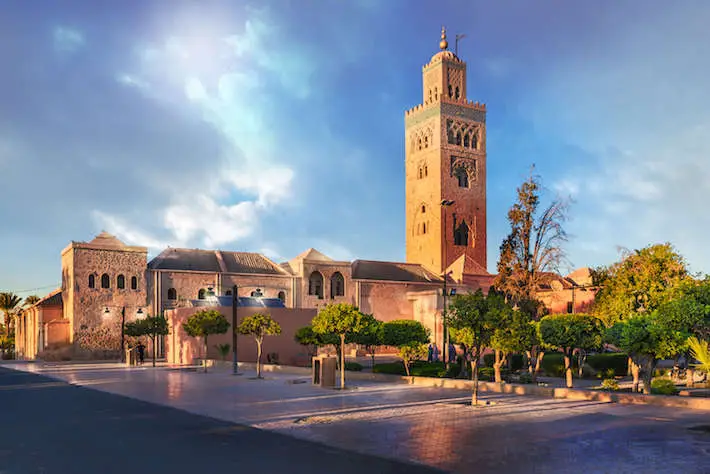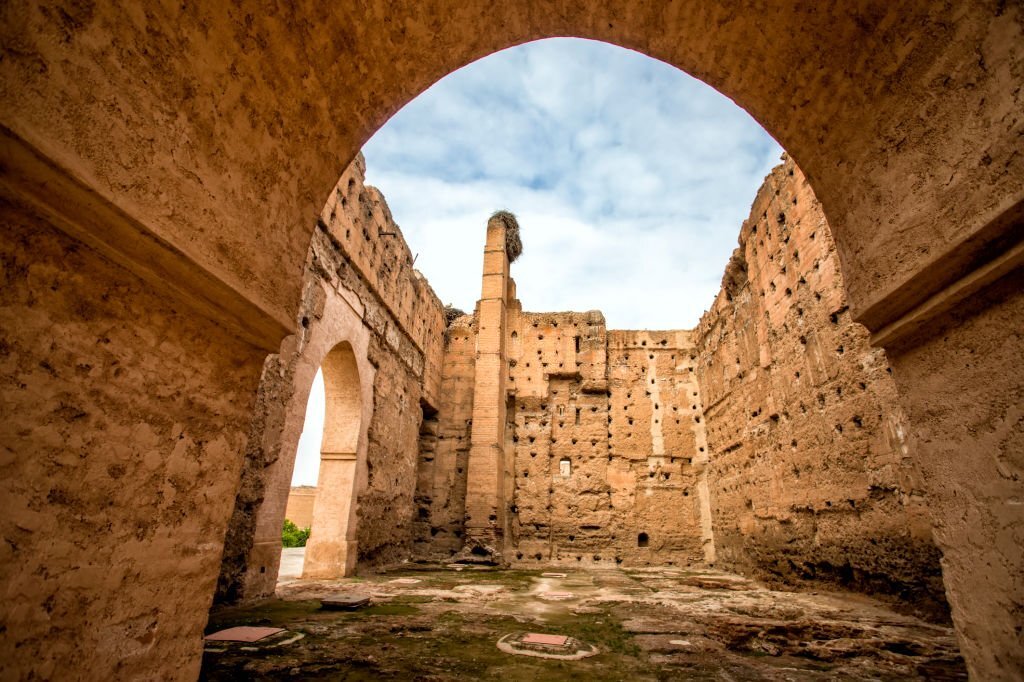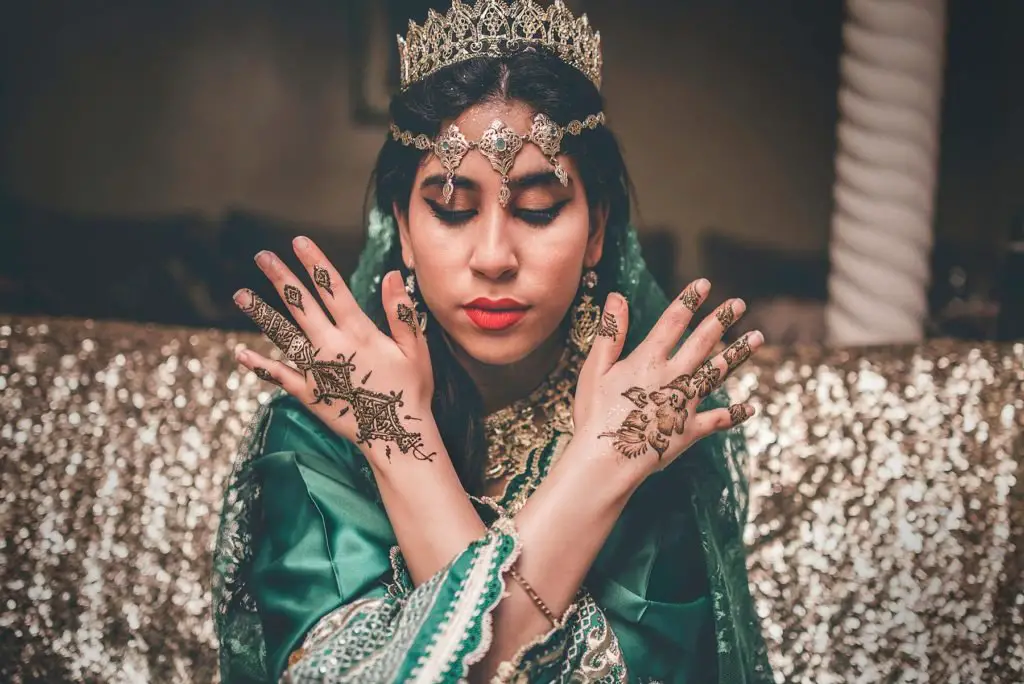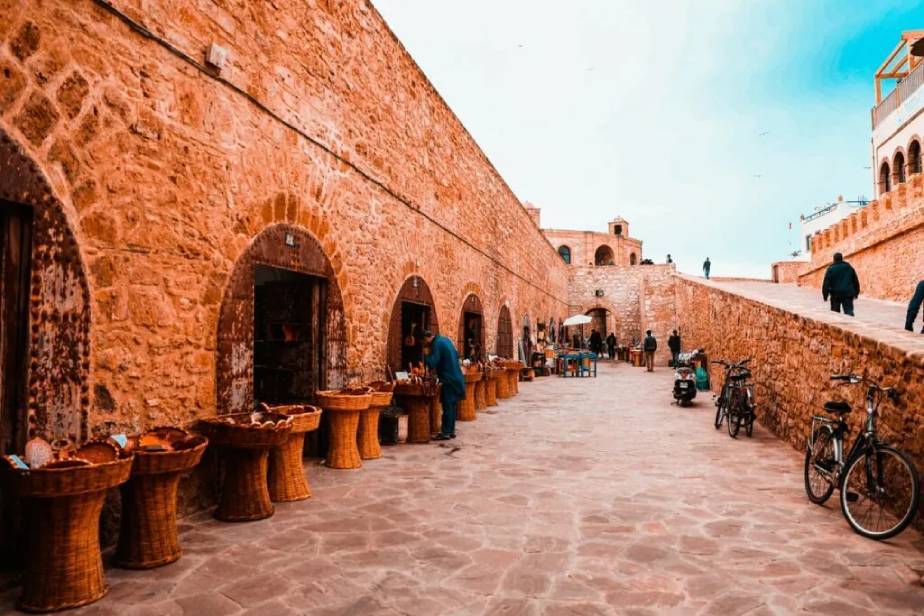Majorelle Garden in Marrakech
A lush and cozy Botanical Garden, the Majorelle Garden is located in the Guéliz neighborhood of Marrakech, Morocco.One of the most well-known gardens in the world was made by Jacques Majorelle, a French explorer and orientalist painter who resided in Morocco in 1917.Learn the tale of this fabled, ageless Garden and how it nearly vanished. The Structure of the Majorelle Garden in Marrakech In October 1917, when Marrakech was still under French rule, Jacques Majorelle made his first trip there while recovering from illness and at the request of General Lyautey, a friend of his father.He fell in love with North Africa and eventually made his home in Marrakech’s medina.He purchased a 1.6 acre area on the fringe of the palm grove, northwest of the medina, in 1923.The Moorish villa he would have constructed will be called “Villa bou saf saf.” The ground is partially covered with poplar trees, known in Arabic as “saf saf.”He also constructed a tower-and-Berber structure known as a “borj” to serve as a painting and craft studio.In order to build a Garden, Jacques Majorelle, who had a deep love for botany, bought 2 more plots of land next to his own in 1928, bringing the total size of the site to 4 hectares.The cubist home was constructed on the new property by architect Paul Sinoir two years later, in 1931, along with a long, narrow basin with a shallow depth.The villa’s first floor studio and painting studio are located on the ground level.The cubist home was enhanced by Jacques Majorelle in 1933 with the addition of balconies, an arabic pergola, and a rich garden filled with plants brought in from all over the world, including bamboos, coconut trees, cactus, banana trees, bougainvilleas, water lilies, yuccas, and water lilies. The Majorelle Blue Jacques Majorelle painted the cubist home of an intense and gentle Bleu Outremer in 1937, swiftly drawing inspiration from the Lake Tasgah waters in the Moroccan atlas.Blue always remains very strong in Jacques Majorelle painting, electric or intense. Particularly on his landscape paintings below: In the park of the villa workshop, on the gateways, pergolas, and jars of the titular garden, Jacques Majorelle will use this Blue a little bit everywhere.The iconic Majorelle Blue will be made from this ultramarine cobalt blue, which is so upbeat and soothing.This color’s current registered name is made of 86.3% blue, 31.4% green, and 37.6% red. Its saturation is 64% and its clarity is 86%. With its asymmetrical walkways and singular shade of blue, the Majorelle Garden in Marrakech stands out as the work of an architect and painter rather than according to any established standards of organization or design. The Majorelle Garden Jacques Majorelle, the Painter Gardener, toiled for 40 years to transform his garden into “an impressionist garden,” or “a temple of forms and colors.”Hundreds of plants, including bamboos, cactus, coconut trees, willows, palm trees, thuyas, jasmine, water lilies, agave, bougainvilleas, daturas, cypress trees, and ferns, are brought back by him from his trips by fellow botanists or exchanged with them.“The painter has the modesty to hold this pen of green flowers for his most beautiful work,” observed Jacques Majorelle.“The immense splendor in whose harmony I choreograph (…) This garden is a horrible task, to which I devote myself totally,” he says of it.After giving him all of my love, he will take my final years, and I will collapse, tired, under his branches.Winston Churchill frequently visits the Majorelle garden while visiting Marrakech.Majorelle Garden in Marrakech was similarly a “voracious ogre garden” in 1947, requiring expensive care that made it necessary to charge visitors an admission fee.Jacques Majorelle was compelled to partition his property in 1956 after a protracted period of disagreement with his wife Andrée Longueville and his divorce a few years later.A sizable portion of the property, including the villa Bou Saf Saf on a hectare, is reclaimed by his ex-wife, along with other items including half of the garden and one of the homes.He lost his left leg as a result of a severe car accident in 1955, which also negatively impacted his financial status.He is compelled to forfeit his ownership interest in the villa workshop and the Majorelle Garden in Marrakech.A second car accident in 1962 resulted in death.In France’s Nancy, he is buried.After being abandoned, the garden starts to deteriorate. the French Couturier Yves Saint Laurent In February 1966, the French Couturier Yves Saint Laurent and his friend Pierre Berger arrived in Marrakech aboard an Air France caravel.They stayed in La Mamounia, at the time an obsolete luxury hotel.They don’t particularly enjoy the city, and the weather is dreary.Then the sun emerges, the atlas reveals its snow-capped peaks, jasmine scents fill the air, and the sun drenches the city in brightness. It surprises me.In “une passion marocaine,” Pierre Bergé’s book devoted to YSL, he writes: “Yves Saint Laurent’s discovery of Marrakech in 1966 was so shocking that he decided to acquire a Moroccan property and come back frequently.In reality, they fled after purchasing Dar El Hanch, often known as “the home of the snake” in Arabic, in the medina next to Bab Doukkala. Majorelle Oasis and Moroccan Colors From their initial trip to Marrakech in 1966, YSL and Pierre Bergé frequently return and fall in love with the Majorelle Garden.“We were enchanted by this paradise where Matisse’s colors blend with those of natureWe grew accustomed to this garden very fast; we rarely went without seeing it.Although it was accessible to the public, hardly anyone was there.In reality, Morocco was a tremendous cultural shock for the artist, evoking Algeria, where he was born in 1936 and resided in Oran until he was 17 years old.He later rediscovered Africa, and it was the same continent.The solar earth is bathed in light, and Marrakech is a riot of color.The designer believes that he has tamed color despite being pitted against orientalism.He’ll visit Marrakech twice a year, between June and December, to create his haute couture lines.Morocco’s light makes the hue visible to him.It
Majorelle Garden in Marrakech Read More »










